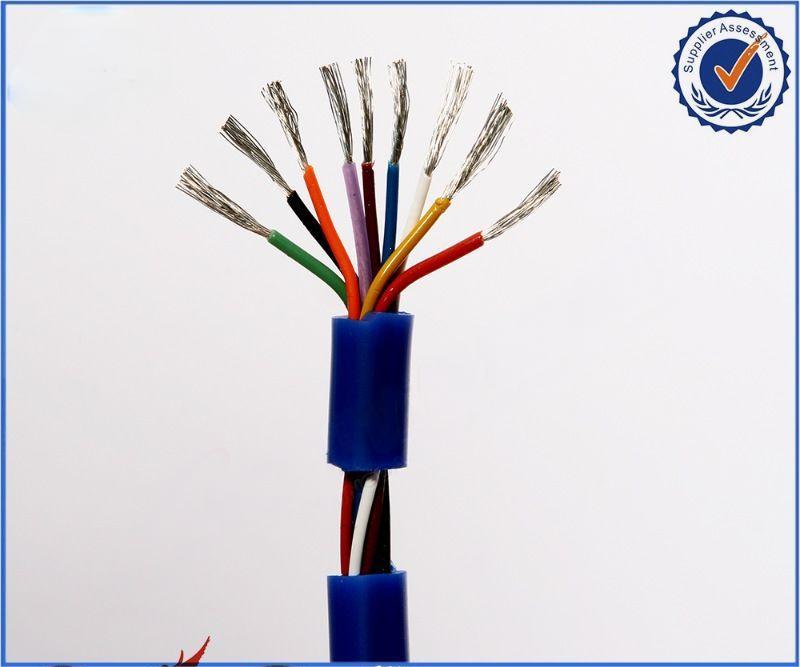नवम्बर . 24, 2024 13:54 Back to list
Double Flanged Butterfly Valve Specifications and Applications for Efficient Flow Control
Understanding the Butterfly Valve Double Flange Type
Butterfly valves are pivotal components in various industrial applications, designed to regulate the flow of fluids through a pipe. One of the prevalent designs in this category is the double flange butterfly valve. This configuration offers a range of advantages, making it suitable for diverse applications in industries such as water treatment, oil and gas, chemical processing, and more.
Structure and Design
The double flange butterfly valve features two flanges that provide a robust connection to the pipeline. The valve body is typically made of materials such as cast iron, stainless steel, or carbon steel, chosen for their durability and resistance to corrosion. The disc, which is the core component that controls flow, is mounted on a shaft and rotates through 90 degrees to open or close the valve.
The design of the double flange butterfly valve allows for easy installation and maintenance. The flanges align the valve securely with the pipeline, minimizing leak risks and ensuring structural integrity even under high-pressure conditions. Standardized flange sizes facilitate compatibility with different piping systems, making these valves highly versatile.
Operational Mechanism
The operation of a double flange butterfly valve is straightforward. When the actuator (which can be manual, electric, or pneumatic) rotates the disc, it either blocks or allows the flow of the fluid. In the fully closed position, the disc is perpendicular to the flow, creating a tight seal that prevents leakage. Conversely, when the valve is open, the disc aligns parallel to the flow, allowing for unobstructed passage.
This quick opening and closing mechanism is one of the key design advantages. It enables swift control of flow rates, which is particularly beneficial in processes requiring immediate adjustments. Additionally, the low torque requirement for operation makes these valves efficient and reduces wear on the actuating equipment.
Applications
butterfly valve double flange type

Double flange butterfly valves are utilized across various sectors. In water treatment plants, they control the flow of water through filtration and chemical dosing processes. Similarly, in the oil and gas industry, these valves manage the flow of crude oil, natural gas, and other hydrocarbons, ensuring compliance with safety and environmental regulations.
In chemical processing, their ability to handle corrosive substances without degradation makes them a preferred choice. Furthermore, the food and beverage industry employs double flange butterfly valves due to their easy cleaning and sterilization features, critical for maintaining hygiene standards.
Advantages
1. Space-Efficient Design Unlike other valve types, double flange butterfly valves occupy less space, making them ideal for facilities with constrained layouts.
2. Cost-Effectiveness The combination of reduced material usage, easier installation, and lower maintenance costs contributes to the overall economic benefits of using these valves.
3. Versatility They can handle a wide range of fluids, including water, oil, and corrosive chemicals, making them applicable in many scenarios.
4. Low Maintenance With fewer moving parts compared to other valve types, double flange butterfly valves require minimal maintenance, leading to increased operational efficiency and reduced downtime.
Conclusion
In summary, the double flange butterfly valve is an essential tool in modern industrial applications, thanks to its reliable performance and versatile design. Its ability to offer efficient flow management, coupled with durability and ease of use, positions it as a valuable component in pipelines worldwide. As industries continue to evolve and demand more efficient fluid control solutions, the double flange butterfly valve will undoubtedly remain a preferred choice for engineers and operators alike. Understanding its features, applications, and advantages equips professionals to make informed decisions when selecting the right valve for specific needs, ensuring optimal operation in varied industrial environments.
Share
-
Reliable Wafer Type Butterfly Valves for Every IndustryNewsJul.25,2025
-
Reliable Flow Control Begins with the Right Ball Check ValveNewsJul.25,2025
-
Precision Flow Control Starts with Quality ValvesNewsJul.25,2025
-
Industrial Flow Control ReliabilityNewsJul.25,2025
-
Engineered for Efficiency Gate Valves That Power Industrial PerformanceNewsJul.25,2025
-
Empowering Infrastructure Through Quality ManufacturingNewsJul.25,2025